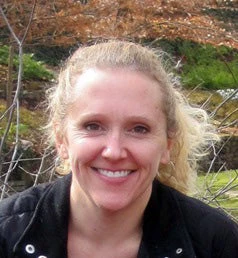Finding routes out of poverty remains a key issue for households and policy makers alike. A long term vision of development in Africa and elsewhere suggests that poverty reduction is associated with intergenerational mobility out of rural areas and agriculture, and into urban non-agricultural settings. To respond to new economic opportunities, people must be geographically mobile. Constraints to their movement may in fact impede economic growth.
In a recent working paper, we studied the link between physical movement and economic growth, by re-surveying 4,400 people in 2004 from the Kagera region of Tanzania who were first surveyed in 1991. We found that the returns to within-country migration are very high: consumption growth among migrants was 36 percentage points higher than among those who remained in their baseline villages.
Is this growth gap because the migrants are somehow ‘different’, perhaps more productive, than those who stay? The evidence says no, it isn’t. Moreover, while moving out of agriculture and out of remote areas is a winning strategy, we found that migration leads to economic growth for those who don’t change sectors, and, surprisingly, even for those who move to more remote areas! Just the act of moving – presumably in part a response to economic opportunities – is important.
So why don’t more people move if economic returns to geographic mobility are so high? A number of crucial social constraints might be at work. For example, younger people with weaker household ties, unmarried and male, have more freedom to take advantage of opportunities. What is acceptable or safe for a young man might be unacceptable and jeopardize marriage possibilities for a young woman. Heads of households or their spouses also find it harder to move.
The bottom line is that one needs to be in the right place at the right time of one’s life to take advantage of geographic and time-specific economic opportunities. “Economic growers” are those who don’t have social and family constraints in a window of time when physical mobility has large pay-offs. Missing these windows means being trapped in a low-return environment.
Why do families and communities keep such welfare-reducing barriers in place? One possibility is put forward by Karla Hoff and Arijit Sen. Their model finds that it can be in the kinship group’s interest to prevent some of its members to take advantage of economic opportunities. We show that this may mean a lost chance at economic gains through migration for individuals.


Join the Conversation